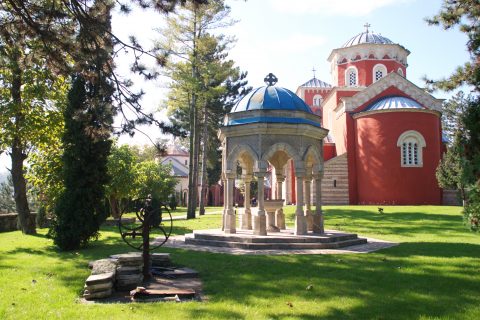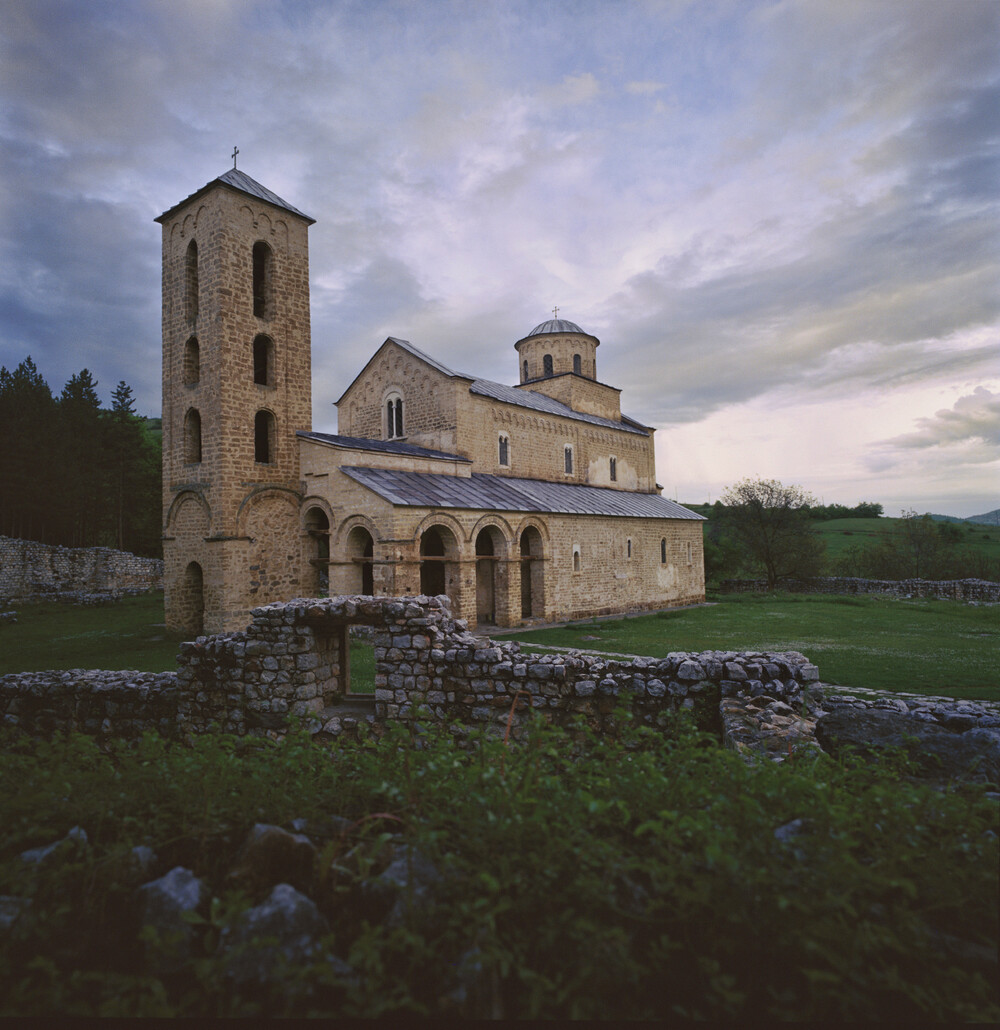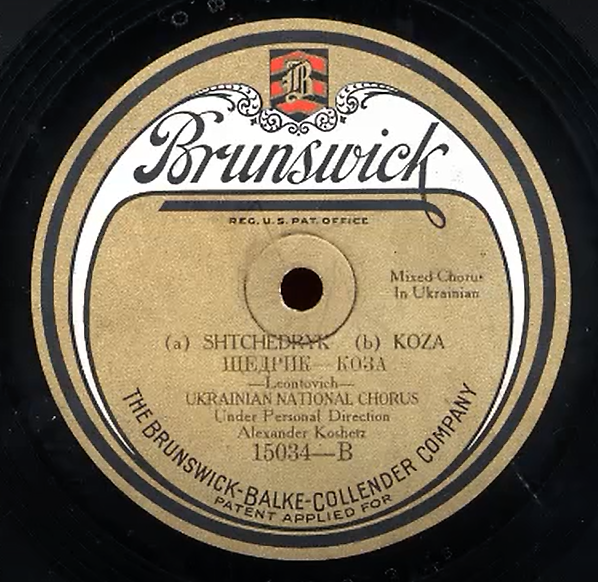6th BSEC Month of Culture
1-30 November 2022
Transromanica - The Romanesque Routes of European Heritage
The Romanesque style is the first common language of the old continent.
The CoE Cultural Route ‘Transromanica - The Romanesque Routes of European Heritage’ (2007) is committed to promoting this European heritage and develop sustainable cultural tourism.
This Cultural Route hosts two BSEC countries, Romania and Serbia.
In the late 10th century, artists from all over Europe were inspired by the Roman and early Christian tradition, giving birth to this unique architectural style. It incorporated local myths and legends to reinvent old traditions, thus reflecting the specific geographic characteristics of each region of medieval Europe over a period of 300 years.
Thousands of Medieval travellers journeyed by water and land, most of the time on foot. As a result, a common way of thinking became manifest in architecture and, more specifically, in the cathedrals, the focus of urban life. This ‘’first’’ Europe incorporated the values of diversity and understanding between civilisations.
The main characteristics of Romanesque architecture are the use of round arches, thick walls with small windows, cubiform capitals and symmetrical plans, giving a harmonious appearance of simplicity. Magnificent cathedrals, monasteries and churches, dating from medieval times, can all be found along the route and travellers can experience a variety of cultures, ranging from the Byzantine to the Western styles, including the influences of French and Mudéjar architecture and those of the successive Gothic style.
Bonus trivia!
In Serbia, two unique Romanesque monuments, Sopoćani and Studenica Monasteries, are inscribed on UNESCO’s World Heritage List of cultural sites since 1979 and 1986, respectively.
Sources: https://www.coe.int/en/web/cultural-routes/transromanica-the-romanesque-routes-of-european-heritage, https://www.transromanica.com/
Photographs taken from: https://www.transromanica.com/, https://whc.unesco.org/
Photograph No 1: Studenica Monastery, Serbia|© Dragan Bosnić (NTO Serbia Archives)
Photograph No 2: Žiča Monastery, Serbia | © Dragan Bosnic.jpg
Photograph No 3: Đurđevi Stupovi Monastery, Serbia | © Dragan Bosnic
Photograph No 4: Sopoćani Monastery, Serbia |© UNESCO | Yvon Fruneau
Photograph No 5: Roman-Catholic Cathedral of St. Michael, Romania | © Wikimedia Commons | Daniel Jurca
#ICBSS #MoC2022 #CultureBSEC #CulturalRoutes #CouncilofEurope #TRANSROMANICA








